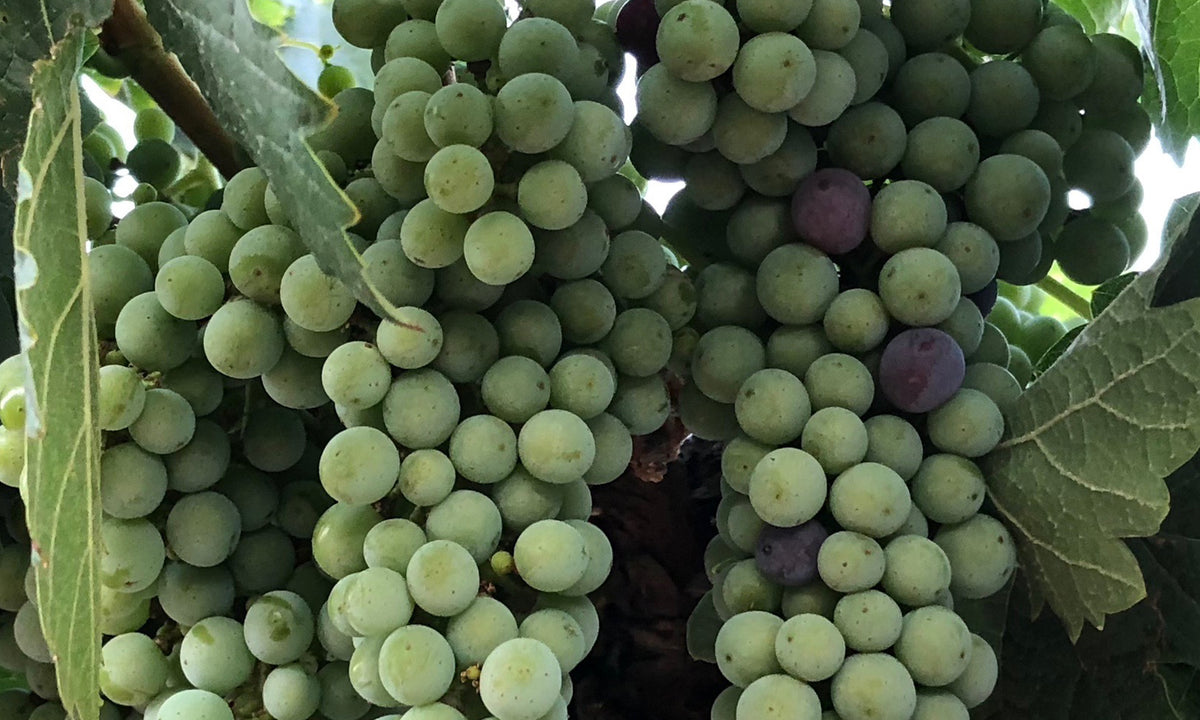Since created in the 1700s when a French winemaker decided to add this grape to his Bordeaux blend, Merlot has exploded in popularity. From that fateful experiment, Merlot is now the most planted grape in the Bordeaux region of France and the second most planted black-wine grape in the world. Merlot derived its name from the French word Merle, meaning blackbird. Probably receiving the name from its dark color. Merlot originated from the two grapes Cabernet Franc and Magdeleine Noire des Charentes.
Merlot tends to have some different characteristics depending on where it is planted in the world. In warmer climates like California, Australia, and Argentina, Merlot is more fruit forward with a lower level of tannin. These warmer climate growers will occasionally use a large amount of oak to provide more structure to the wine. In cooler climates like France, Italy, and Chile, it is more structured and contains a higher level or tannins. It has earthy notes of tobacco and tar. In these cooler climates, Merlot tends to be mistaken as Cabernet Sauvignon. One key difference is that Merlot is thin-skinned and requires being harvested at least one week earlier than Cabernet Sauvignon. Additionally, Merlot tends to present an orange tinted rim in the light. Important to note is that blended together Cabernet Sauvignon and Merlot can balance each other out beautifully. Sea Shell’s Low Tide is the perfect example of this meant-to-be combination.
To go deeper into some other characteristics, Merlot wines are medium bodied with hints of berry, plum, currant, black cherry graphite, cedar, tobacco, vanilla, and mocha. It is an easy-drinking wine and matches with a myriad of foods. It pairs well with light meats and lightly-spiced dark meats. Cheers!
To learn more about Merlot, explore these links:
http://winefolly.com/tutorial/merlot-wine-taste-and-food-pairing/



